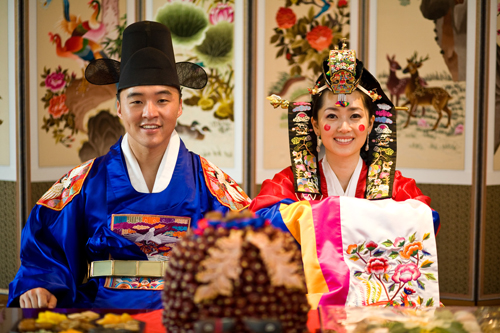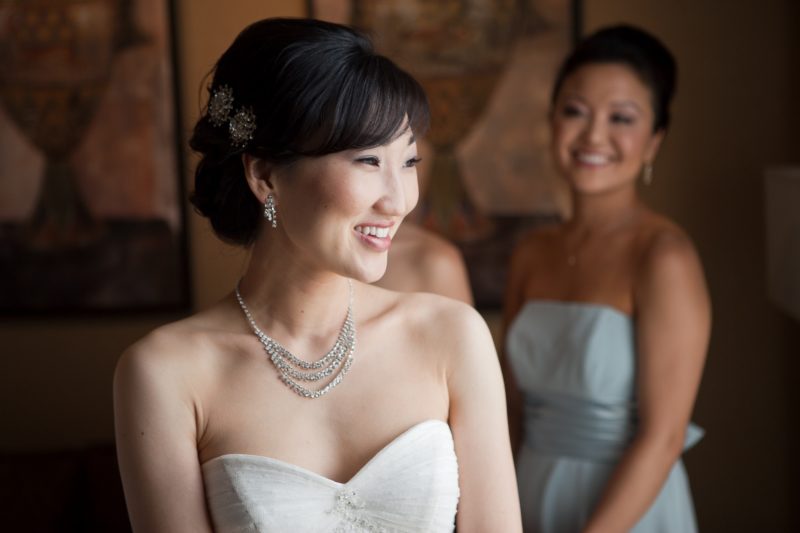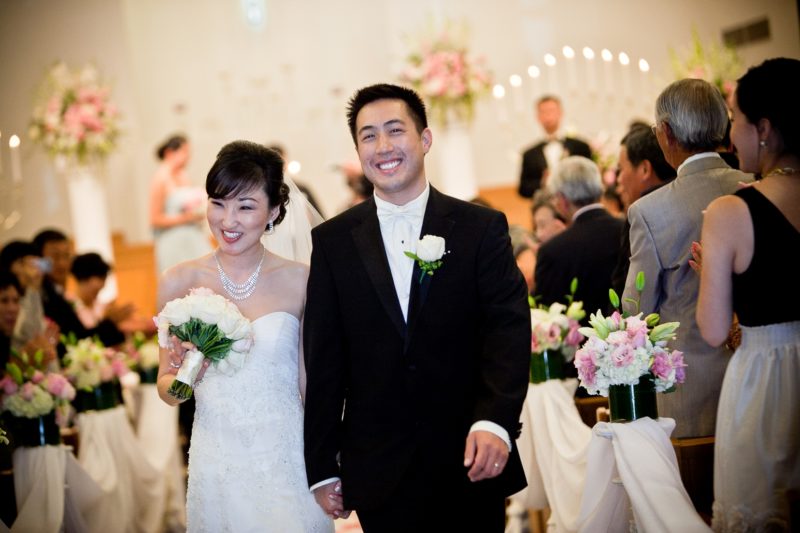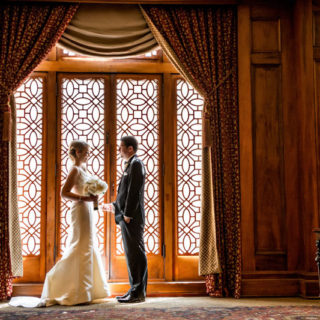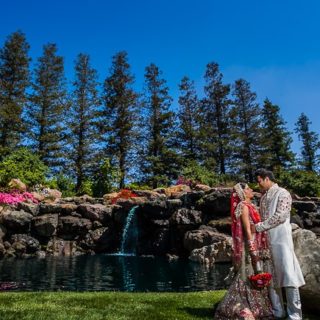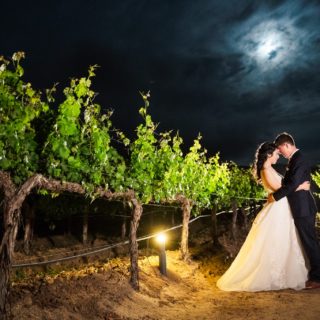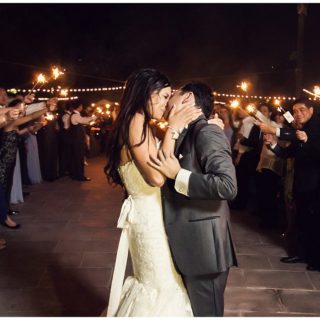Incorporating your Korean traditions can make your wedding a truly unique event. These days we’ve adapted to more westernized weddings, but with our help, you can have the best of both worlds.
Pre-Wedding Korean Traditions
During the Jeonanrye ceremony, a kireogi or a wild goose was presented to the prospective groom. The groom was expected to bow twice before presenting the the kieogi to his future mother in law. In modern Korean weddings, a woden gose may be given in place of a traditional kireogi. This Korean tradition is respected as a symbol of harmony and structure. Wild geese mate for life, so by giving the mother a goose, the groom is promising a life of love and care to the woman’s daughter.
The parents of the bride and groom are entited to invite whomever they please, often resulting in a guest count as large as 500! It is Korean tradition that the bride and groom wander the wedding venue to welcome each guest on their special day, this can often become a stressful task ffor the bride and groom. However, the groom may greet the wedding guests in one area while the bride has her own special room in which to greet her guests.
